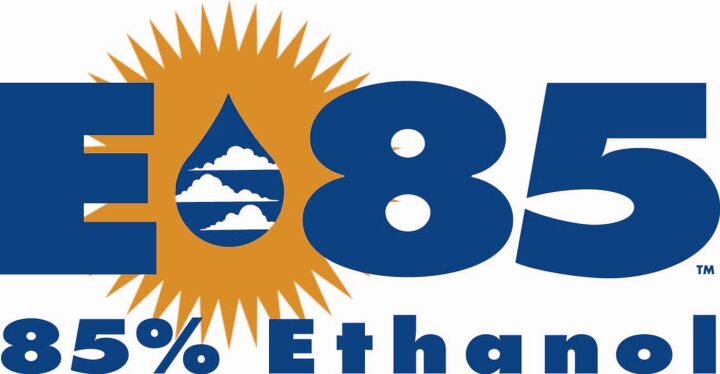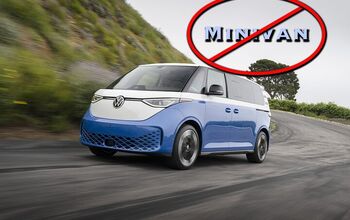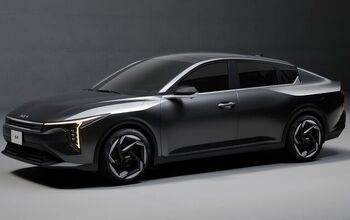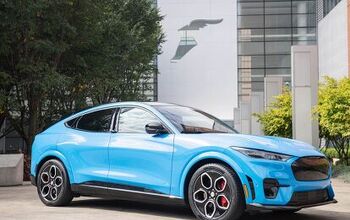Is Ethanol-Blended Fuel Really Better for the Environment?
The vast majority of the fuel currently sold in North America – with a few notable exceptions, such as Shell V-Power in Canada, and a number of independent gas station chains in the United States – is blended with up to 10% ethanol.
There are more aggressive blends of ethanol available as well in the U.S., including E85, which is 85% ethanol and 15% gasoline (and which requires an engine specifically designed for ‘flex fuel’ to be used).
How did ethanol end up in our gas supply? And why has it stayed there for so many years? The answer, as it turns out, has very little to do with improving efficiency or emissions and a whole lot more to do with a series of American policy decisions that have maintained a questionable status quo.
Why Ethanol
In the early 1990s, there was an environmental crisis concerning a fuel additive called MTBE, or methyl tert-butyl ether. Originally added to gasoline to satisfy the requirements of the Clean Air Act, which demanded the use of oxygenated fuel to improve combustion and reduce pollution, it was discovered to have been leaking into water supplies and causing serious health issues. Consequently, it was banned, or at the very least backed into a regulatory corner, by a host of states concerned with its human cost.
See Also: Nissan Develops Ethanol Powered Fuel Cell
Along came ethanol, essentially ethyl alcohol derived from fermented corn. Able to perform the same oxygenating task as MTBE, but without the scary health impact, and cloaked under the eco-friendly concept of being grown in the fields of American farmers, the use of ethanol-blended fuel became quickly entrenched, aided and abetted by further Congressional acts codifying the use of ‘renewable’ fuels.
Green-Washing
So far, so good – a narrative that replaces a nearly unpronounceable chemical additive with a home-grown organic product that does exactly the same job is an easy sell to the public, especially since it created a huge number of jobs in the mid-western U.S. Eventually, 40 percent of the corn being grown in America was being diverted into ethanol production as a direct result of renewable fuels policy. Look closely at this carefully-constructed PR campaign, however, and the science behind the use of ethanol fuel points towards a different reason for its use in gasoline.
While it’s true that oxygenated fuel burns ‘cleaner,’ ethanol itself contains 33% less energy than pure gasoline. Blending 10% of it with fuel has a direct, and negative, result on the efficiency of a typical vehicle, typically reducing efficiency by about 3% (although losses of nearly 10% have also been reported with certain cars and trucks).
That means that running ethanol-mixed fuel requires you to burn more of it to get where you are going. Using more of a somewhat cleaner-burning fuel versus consuming less of a ‘dirtier’ fuel makes evaluating the benefits of ethanol a little hazy – until you start taking into account the amount of gasoline required to farm, harvest, and produce ethyl alcohol, the carbon emissions associated with that, and the fact that 55,000 square miles of fertile American land has been shunted away from food production and instead devoted to a fuel-generating monocrop. At that point, numerous international scientific bodies have been clear: ethanol-blended gasoline offers zero net benefits in terms of environmental impact.
It’s Not Going Anywhere
If ethanol-blended fuel doesn’t actually reduce emissions on a macroscopic level, and it actually reduces engine efficiency at a time when automakers are fighting for every MPG they can get, why does it persist on the market?
There are two primary reasons ethanol won’t die. The first is political, as government subsidies related to corn-based ethanol production have created a captive industry that supports a huge number of jobs, which in turn has established a strong lobby in Washington, D.C. dedicated to keeping the gravy train moving forward while wrapping itself in a cloak of green-tinged eco-friendliness that ignores much of the data concerning biofuel benefits.
See Also: Mazda is the Most Fuel Efficient Automaker Again
Even if ethanol subsidy programs were to disappear tomorrow, however, gasoline companies would be unlikely to back away from using the additive due to its ability to improve a fuel’s octane rating. With other octane-boosting chemicals increasingly marginalized due to their toxicity, ethanol is currently a cheap way to maintain octane ratings (although that could change in the near future as petroleum refiners explore new in-house additive options).
That’s a lot to keep in your head the next time you fill up your tank. It’s hard to argue that you should actively seek out ethanol-free gasoline to benefit from a mere 3% efficiency boost (a number that only becomes significant once you multiply it by the billions of miles traveled each year by drivers across the continent). But it’s equally hard to argue that ethanol has any eco-friendly benefits, either.
More by Benjamin Hunting

































Comments
Join the conversation
The Federal corn ethanol subsidy and import tariff ended back in 2011. The author is not up to date on this.
Love me some E85 on my turbocharged cars!